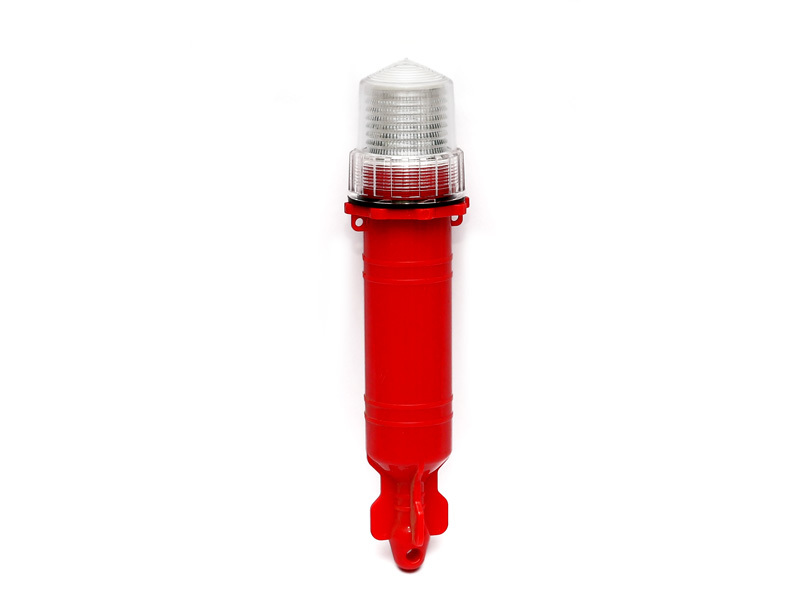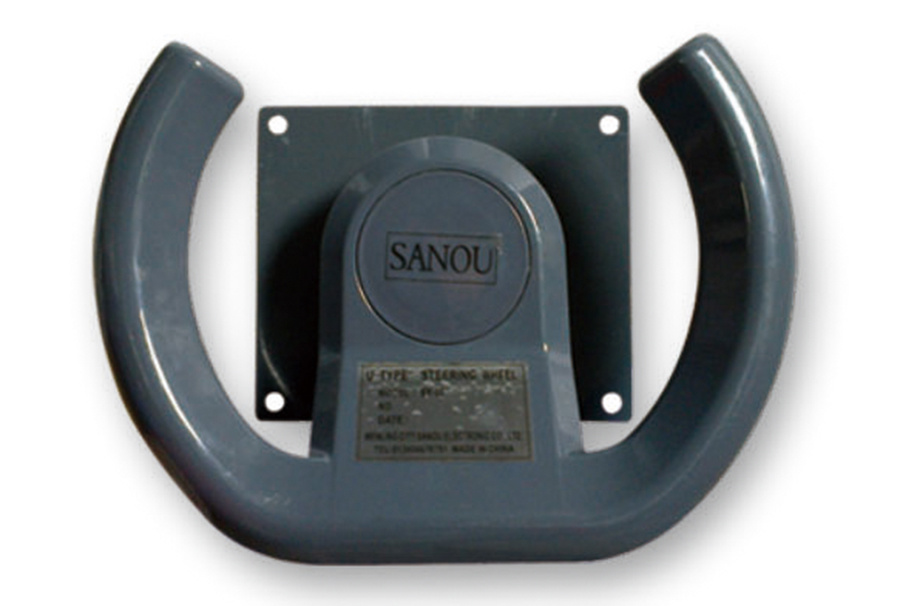News Center
The Ultimate Guide to Marine Automatic Water Level Monitoring Systems: Enhancing Safety and Efficiency in Maritime Operations
The Ultimate Guide to Marine Automatic Water Level Monitoring Systems: Enhancing Safety and Efficiency in Maritime Operations
Table of Contents
- 1. Introduction to Marine Automatic Water Level Monitoring Systems
- 2. Importance of Monitoring Water Levels in Marine Environments
- 3. Key Components of Automatic Water Level Monitoring Systems
- 4. How Marine Water Level Monitoring Systems Work
- 5. Applications of Marine Automatic Water Level Monitoring Systems
- 6. Benefits of Implementing Water Level Monitoring Systems
- 7. Challenges in Marine Water Level Monitoring and Solutions
- 8. Future Trends in Marine Water Level Monitoring Technologies
- 9. Conclusion
- 10. FAQs about Marine Automatic Water Level Monitoring Systems
1. Introduction to Marine Automatic Water Level Monitoring Systems
Marine automatic water level monitoring systems are essential tools used in the maritime industry to ensure safe and efficient operations. These systems utilize advanced technology to measure and record water levels in real-time, providing critical data that impacts navigation, environmental monitoring, and operational safety. Understanding the mechanics behind these systems can significantly enhance our approach to maritime activities.
2. Importance of Monitoring Water Levels in Marine Environments
Monitoring water levels in marine environments has become increasingly important for several reasons:
2.1 Safety Precautions for Navigation
Navigators rely on accurate water level data to avoid hazards such as submerged rocks, shallow areas, and other potential dangers. Inaccurate readings can lead to severe accidents, including groundings and collisions.
2.2 Environmental Conservation
Regular water level monitoring aids in the preservation of marine ecosystems. Sudden changes in water levels can disrupt habitats and threaten biodiversity.
2.3 Regulatory Compliance
Many regions require compliance with environmental regulations that mandate monitoring water levels. Failure to adhere can result in fines and other penalties.
3. Key Components of Automatic Water Level Monitoring Systems
Understanding the components of marine automatic water level monitoring systems is crucial for selecting the right system for your needs. The primary components include:
3.1 Sensors
The sensors are the heart of the monitoring system. They measure water levels accurately using various technologies such as pressure transducers and ultrasonic sensors.
3.2 Data Loggers
Data loggers collect and store information from the sensors, allowing for real-time data access and historical analysis.
3.3 Communication Modules
These modules transmit data to remote servers or local control centers, enabling immediate access to water level information.
3.4 Power Supply
Reliable power sources are essential, whether through solar panels, batteries, or direct electrical connections, ensuring uninterrupted operation.
3.5 User Interface
An intuitive user interface allows operators to easily interpret data and set parameters for the monitoring system.
4. How Marine Water Level Monitoring Systems Work
Marine automatic water level monitoring systems operate through a series of interconnected processes:
4.1 Data Collection
The systems continuously measure water levels using sensors, which convert physical measurements into electrical signals.
4.2 Data Transmission
Once collected, the data is sent to a data logger or directly to a central system for analysis. This process often involves wireless communication technologies, such as cellular or satellite connections.
4.3 Data Analysis
Upon receipt, the data is analyzed and presented in an accessible format to the user, often through a dashboard or software interface.
4.4 Alert Systems
Many systems are equipped with alert functionalities that trigger notifications when water levels exceed predefined thresholds, allowing for immediate response to potential hazards.
5. Applications of Marine Automatic Water Level Monitoring Systems
Marine automatic water level monitoring systems have a wide range of applications, including:
5.1 Coastal Management
Monitoring coastal water levels helps manage erosion and sedimentation processes, providing data necessary for maintaining coastal infrastructure.
5.2 Port Operations
Ports utilize these systems for safe docking and undocking procedures, helping to optimize shipping activities.
5.4 Flood Monitoring
In flood-prone areas, these systems assist in early warning and response strategies, potentially saving lives and property.
6. Benefits of Implementing Water Level Monitoring Systems
Implementing marine automatic water level monitoring systems comes with numerous advantages:
6.1 Improved Safety
With real-time data, navigators can make informed decisions, significantly enhancing safety levels.
6.2 Increased Efficiency
Streamlined operations and better resource management lead to improved overall efficiency in maritime activities.
6.3 Cost-effectiveness
Investing in these systems can lead to long-term savings by preventing costly accidents and optimizing operational procedures.
6.4 Enhanced Environmental Protection
Regular monitoring promotes better environmental stewardship, ensuring sustainable use of marine resources.
7. Challenges in Marine Water Level Monitoring and Solutions
While marine automatic water level monitoring systems offer significant benefits, they also face challenges:
7.1 Environmental Factors
Harsh marine conditions can affect sensor accuracy. Regular maintenance and the use of rugged equipment can mitigate these issues.
7.2 Data Integration
Integrating data from various sources can be complex. Utilizing standardized protocols can simplify this process.
7.3 Cost of Implementation
The initial investment can be high. However, evaluating the long-term benefits can justify the costs involved.
8. Future Trends in Marine Water Level Monitoring Technologies
As technology advances, marine automatic water level monitoring systems are evolving, showcasing various trends:
8.1 Integration of IoT
The Internet of Things (IoT) enables seamless connectivity and enhanced data analysis, providing greater insights into water levels and environmental conditions.
8.2 Enhanced Sensor Technology
Emerging sensor technologies promise increased accuracy and durability, even in challenging marine environments.
8.3 Machine Learning and AI
The incorporation of artificial intelligence and machine learning can lead to predictive analytics, improving decision-making processes.
9. Conclusion
Marine automatic water level monitoring systems play a fundamental role in ensuring safety, efficiency, and environmental stewardship in maritime operations. Understanding their components, applications, and benefits equips stakeholders with the necessary knowledge to make informed decisions. As technology continues to advance, the future of these monitoring systems promises even greater enhancements, making them indispensable tools in the maritime industry.
10. FAQs about Marine Automatic Water Level Monitoring Systems
Q1: What is the primary purpose of marine automatic water level monitoring systems?
A1: Their primary purpose is to provide real-time data on water levels, enhancing navigation safety and supporting environmental monitoring efforts.
Q2: How often do these systems measure water levels?
A2: Most systems provide continuous monitoring, offering real-time updates to users.
Q3: Can these systems operate in harsh weather conditions?
A3: Yes, many marine water level monitoring systems are specifically designed to withstand extreme weather conditions.
Q4: How can I choose the right monitoring system for my needs?
A4: Consider factors like the specific application, required accuracy, environmental conditions, and budget when selecting a system.
Q5: What are the maintenance requirements for these systems?
A5: Regular checks on sensors, data loggers, and communication modules are essential to ensure optimal performance and accuracy.
Related News
Why the Aicom 304 Microphone is a Game Changer for Content Creators
Why the Aicom 304 Microphone is a Game Changer for Content Creators In the ever-evolving landscape of digital content creation, the importance of high-quality audio cannot be overstated. As a content creator, whether you're a podcaster, streamer, or YouTube enthusiast, the tools you use directly impact the quality of your work. Among the multitude of options available, the Aicom 304 Microphone sta
Unlocking the Potential of the Hua Xun M2000 Microphone: A Comprehensive Guide for Professionals
The Hua Xun M2000 microphone is a noteworthy choice for professionals in various fields, especially for those in content creation, broadcasting, and conferencing. Its design and functionality cater to the demands of high-fidelity audio capture while ensuring user-friendly operation. In this article, we will explore the technical attributes and advantages of the Hua Xun M2000 microphone, providing
Large Bakelite Steering Wheels: The Overlooked Component in Gear Mechanisms
Large Bakelite Steering Wheels: The Overlooked Component in Gear Mechanisms Table of Contents 1. Introduction to Bakelite Steering Wheels 2. A Brief History of Bakelite in Industrial Applications 3. The Functional Role of Large Bakelite Steering Wheels 4. Benefits of Using Bakelite Steering Wheels in Gear Mechanisms 5. Applications of Large Bakelite Steering Wheels 6. Maintenance Tips




